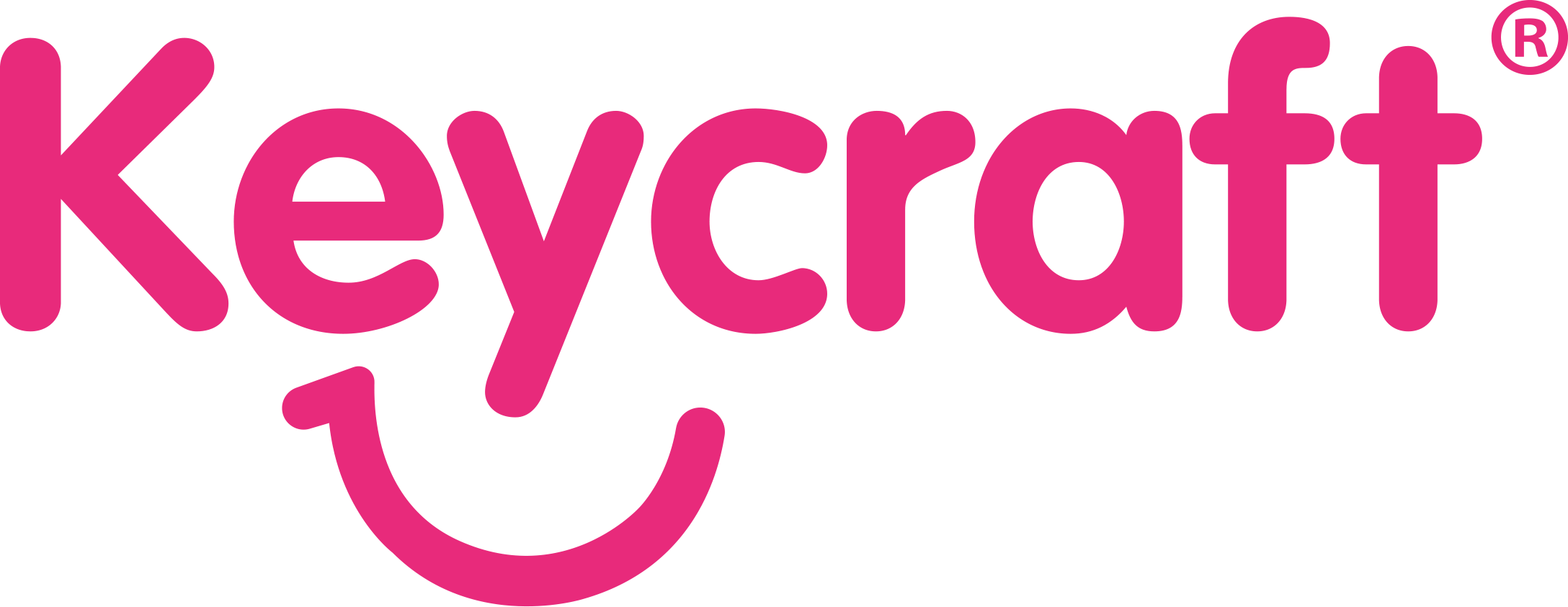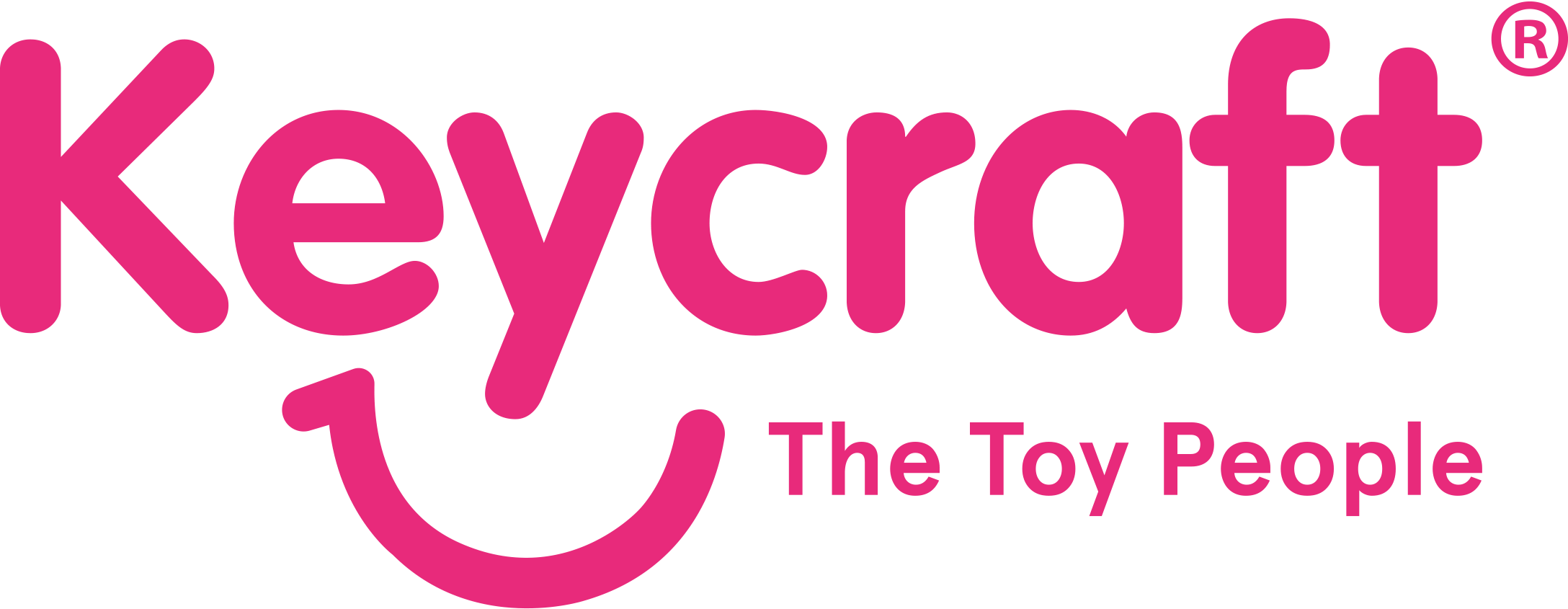How to plan shelf capacity and stock purchases
How can brick-and-mortar retailers optimise shelf space management and stock purchasing to improve profits?

There are a few best-practice retail techniques when it comes to optimising shelf capacity (or shelf facings) and stock purchases.
As research has found, displaying more of an item increases the demand for it due to improved visibility. People are simple; they want (and trust) what they can see most of.
As a result, a product with more shelf space usually requires less frequent replenishment since there is more stock there to be picked up. However, your inventory holding cost for that product will increase at the same time.
Let’s dig into how you can use this information to increase your revenue and better manage cash flow.
Shelf space management
Since products that are allocated most facing on your shelves get the most visibility - which helps generate more demand - your available shelf facings should be managed strategically to help you optimise revenue.
Consider margins against turnover - Although it’s desirable to sell more high margin products, weigh it up against the volume of these products that you can actually sell monthly. There’s no point giving lots of shelf space to a high margin product that doesn’t sell consistently. Not unless you can afford to hold onto the inventory for longer periods. Allocate most shelf facing to items that consistently sell well, followed by items with higher price points and margins. And naturally, products with low margins that have the lowest sell-through rate should get least shelf allocation (if any).
Optimise available shelf space - smaller stores with less shelf capacity need to be much more selective about the products stocked. Eliminating bulky packaging can help improve shelf efficiency (depending on the trade-off for additional impulse appeal provided by the packaging). Less packaging is an eco-friendly selling point that you can advertise with signage. You should also focus on smaller products that you can display more of.
Plan placements and track data - Use a plan-o-gram to help you map shelf layouts for products. Experiment with the number of shelf facings allocated to a product and the resulting sales volume until you perfect the balance. Make it a month-end or quarterly practice. (Take any known seasonality effects into account.) Retail category management software can help you.
Optimise height placement and use featured displays - Bear in mind that simply displaying lots of items doesn’t guarantee the success of a product. The use of horizontal vs. vertical merchandising alongside the right product selections for your audience is crucial. As is the use of retail theatre tactics. We’ve also got pointers on how to display premium vs. pocket money toy stock and utilise cross-merchandising.
Shelf design - Get creative with your choice of display units to help boost the visibility of products. For example, Keycraft’s colourful carousel display helps improve the visual appeal and visibility of toys at multiple eye levels, also requiring less floor space than traditional shelving units. In addition, they make it much easier to see when a product needs to be replenished, thus helping reduce staff requirements. See our full range of toy display solutions for more inspiration.For traditional shelves, leave more space between the bottom shelves to improve visibility and accommodate big or heavy items that could pose a safety risk. Moreover, don’t use shelving so high that it limits visibility or can’t be reached.
In-store replenishment
Sparse or empty shelves are off-putting for customers and should be avoided at all costs. Products which get the least shelf facing may require more regular replenishment depending on how deep your shelving capacity is.
Top tips for managing in-store replenishment:
Staff should circulate the store to tidy and replace display stock throughout the day.
Make sure a product is always displayed 2 items deep at a minimum unless it’s a larger item where that’s not possible.
Always have the front row of the shelf filled with products, moving items from the back to the front of a shelf as they are sold.
At the end/start of the day, shift products between rows so the number of items per row stays even. Do a stock take and update the inventory register.
Discount any damaged items in a featured ‘sale’ display.
Planning stock purchasing
How you manage purchasing can shave down your costs while supporting revenue growth.
Determine your minimum holdings - Decide on the stock holding you need to maintain for each product based on the speed of its turnover. What is the minimum stock holding that should trigger a purchasing order based on how long it takes the relevant supplier to deliver?
Balance cash flow and storage requirements against bulk order savings - Your stock purchasing patterns will depend on how much cash you can afford to have tied up in stock at any given time, and how much storage capacity you have available. You’ll also need to factor in shipping costs. Where possible, optimise bulk ordering to minimise shipping costs and take advantage of reduced item costs by quantity. Decide which trade-off is most profitable for your business; bulk buy and shipping savings vs. the shelf or stock room capacity required for the product, and how quickly the product will turnover at an acceptable margin.
Better terms for small businesses - For businesses with less available cash flow or less stock room capacity, picking suppliers with small-business-friendly terms is critical for your success. You may rely much more heavily on rapid and affordable shipping for smaller order quantities.
One of the reasons Keycraft retains our retail clients so successfully is our favourable minimum order terms, plus rapid delivery from our strategically located global warehouses at the most competitive prices. We can rapidly dispatch to the UK and Europe from our Scottish warehouse, the USA from South Dakota, and Australia and APAC from Sydney. Although we deliver in bulk for larger international retailers, we will always prioritise favourable terms for the small businesses that form an important part of our client base.
Download Keycraft’s catalogue now or get in touch with our team to discuss wholesale toy stock selections that could boost your business's profits.
More News & Insights
Keeping abreast of innovative thinking and industry news gives us the competitive edge.

Keycraft launch drive to onboard resellers of soft toy brand
Keycraft is looking for both retail or online resellers interested in boosting sales by partnering with premium soft toy brand Living Nature – could you be the perfect partner?

Why every toy store needs a plush toy collection
The plush toy trend is predicted to grow by 7.5% each year reaching nearly £14 billion by the end of 2025. This predicted growth is driven mainly by the power of the ‘Kidult’, - toys are no longer just for children.

Meet the Inkerz!
Explore the sensory experience of paint without the mess! These irresistible sensory toys have a unique mix of paint drips which have been safely sealed within the toy.

Keycraft launch drive to onboard resellers of soft toy brand
Keycraft is looking for both retail or online resellers interested in boosting sales by partnering with premium soft toy brand Living Nature – could you be the perfect partner?

Why every toy store needs a plush toy collection
The plush toy trend is predicted to grow by 7.5% each year reaching nearly £14 billion by the end of 2025. This predicted growth is driven mainly by the power of the ‘Kidult’, - toys are no longer just for children.

Meet the Inkerz!
Explore the sensory experience of paint without the mess! These irresistible sensory toys have a unique mix of paint drips which have been safely sealed within the toy.

